Search
Multi-Species Grazing as an Alternative to Pasture Spraying
Broadacre spraying of pastures is intended to reduce undesirable plants and increase grasses for livestock. This practice often results in unintended consequences, including damage and reduction of native forbs and reduced profitability. One approach to managing perceived “weedy” plants is incorporating different species of livestock into a grazing operation.

South Dakota 4-H Missed Deadline Agreement
Form for missed deadlines for State 4-H Events
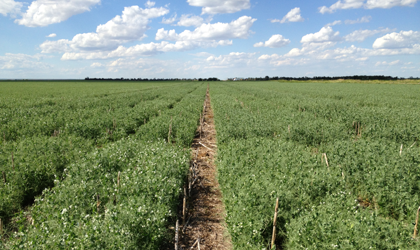
Production and Utilization of Field Peas in South Dakota
Guide to field pea production and utilization in South Dakota
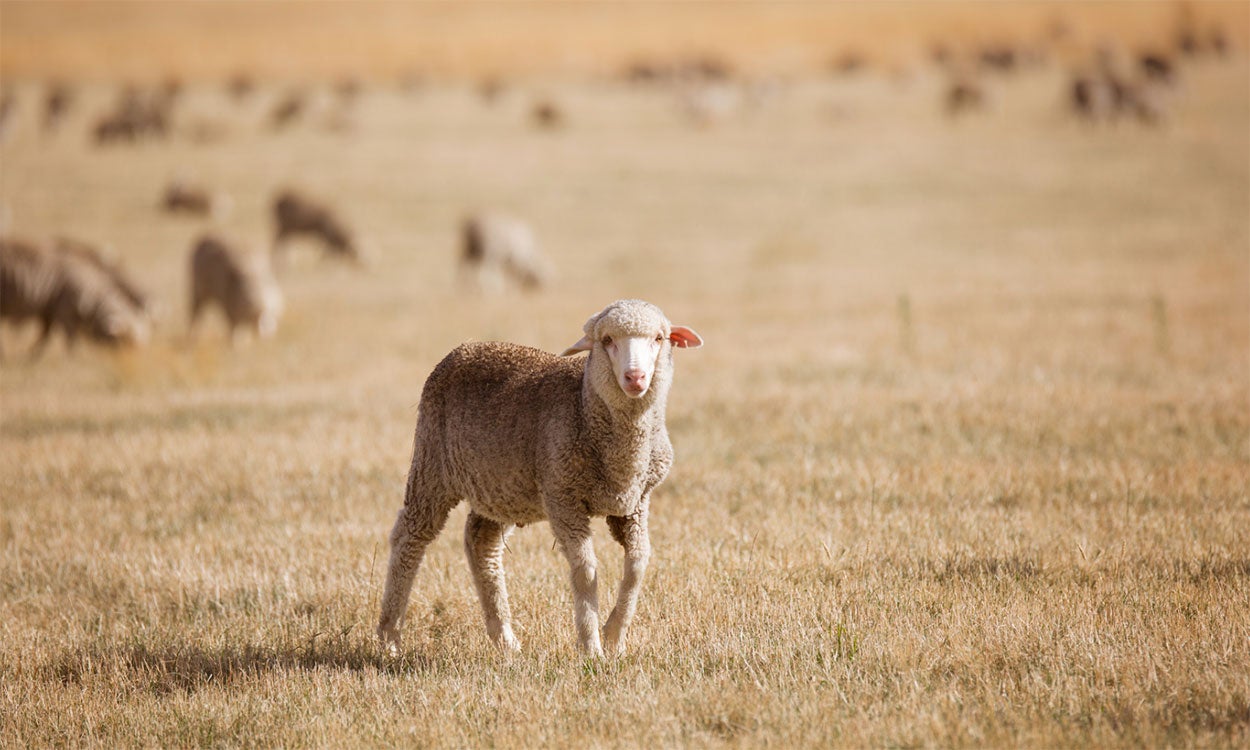
SDSU Extension, Nebraska Extension and K-State Research and Extension To Host Diversifying With Small Ruminants Workshops
May 16, 2022
SDSU Extension, in collaboration with Nebraska Extension and K-State Research and Extension, will host a series of Diversifying with Small Ruminants workshops June 7-9.
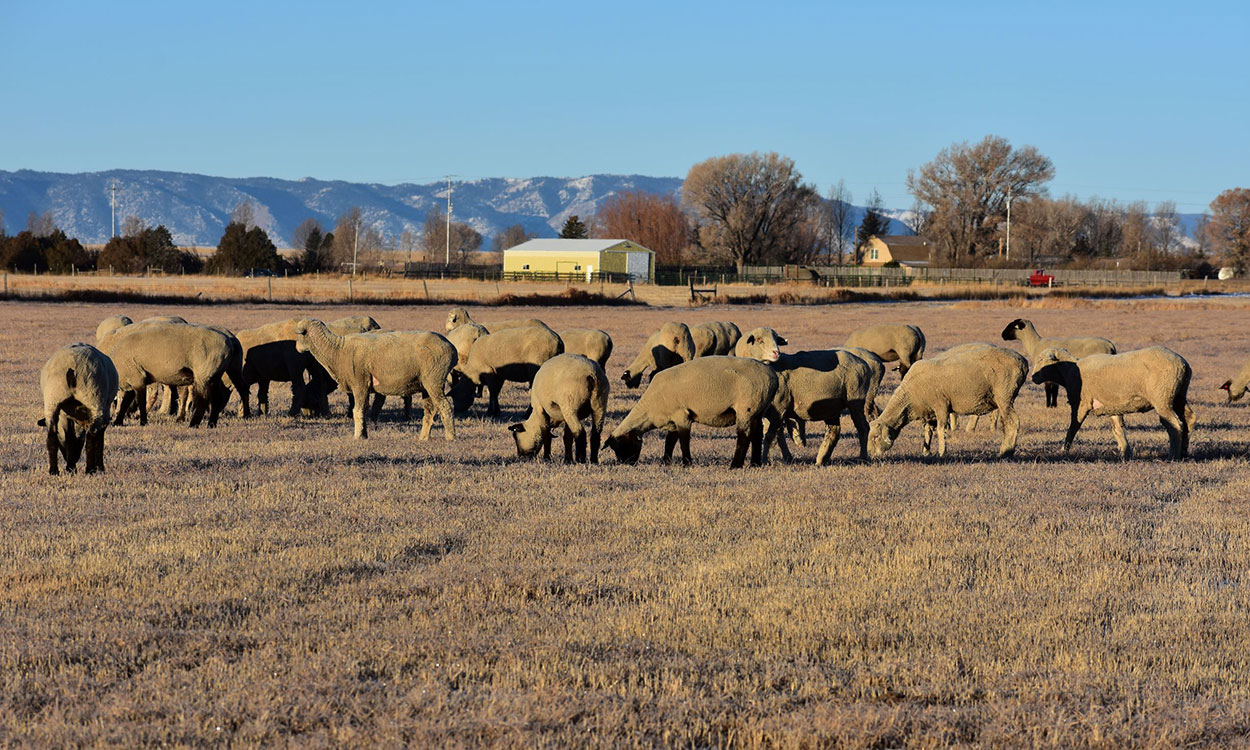
Multispecies Grazing: Benefits of Sheep Integration on Rangelands
Fact sheet about diversifying your operation to benefit your rangeland.
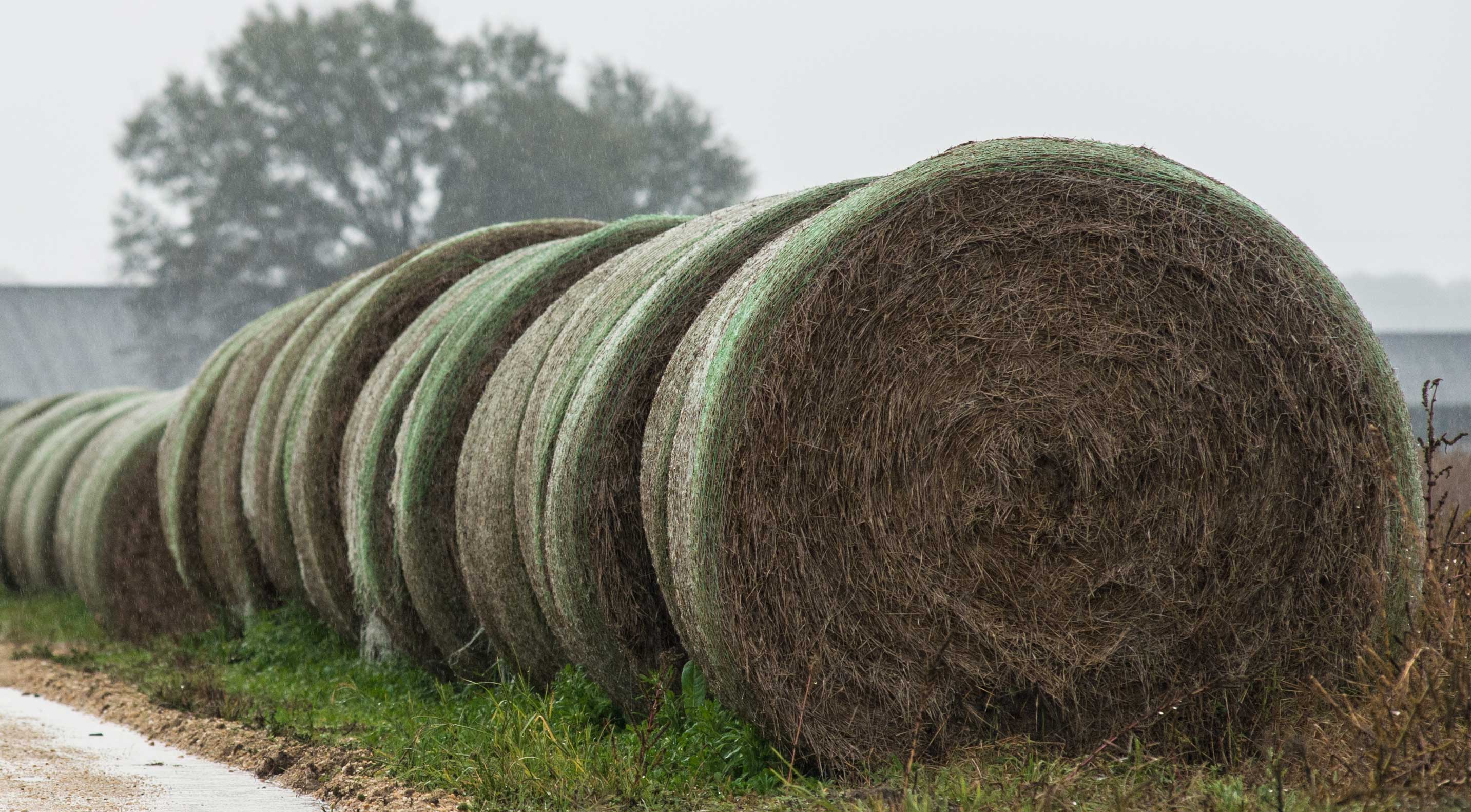
Round Bale Storage Conservation
Fact sheet discussing conservation of round bale storage.
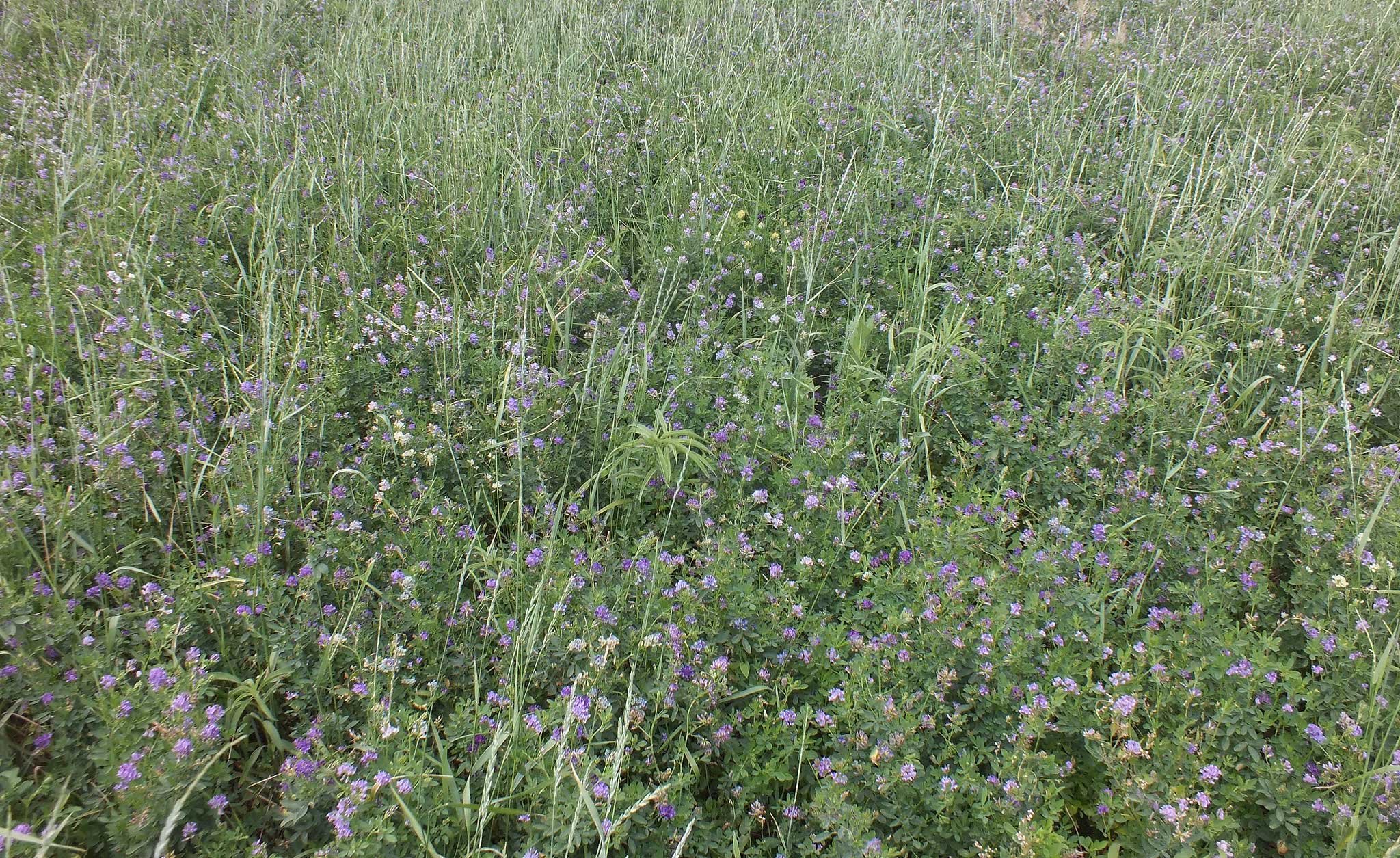
Precautions for Grazing Weevil-Infested Alfalfa
Alfalfa weevil populations are high this year, creating challenges for producers. Questions have arisen on how to get some value out of the forage by grazing it rather than putting it up for hay.
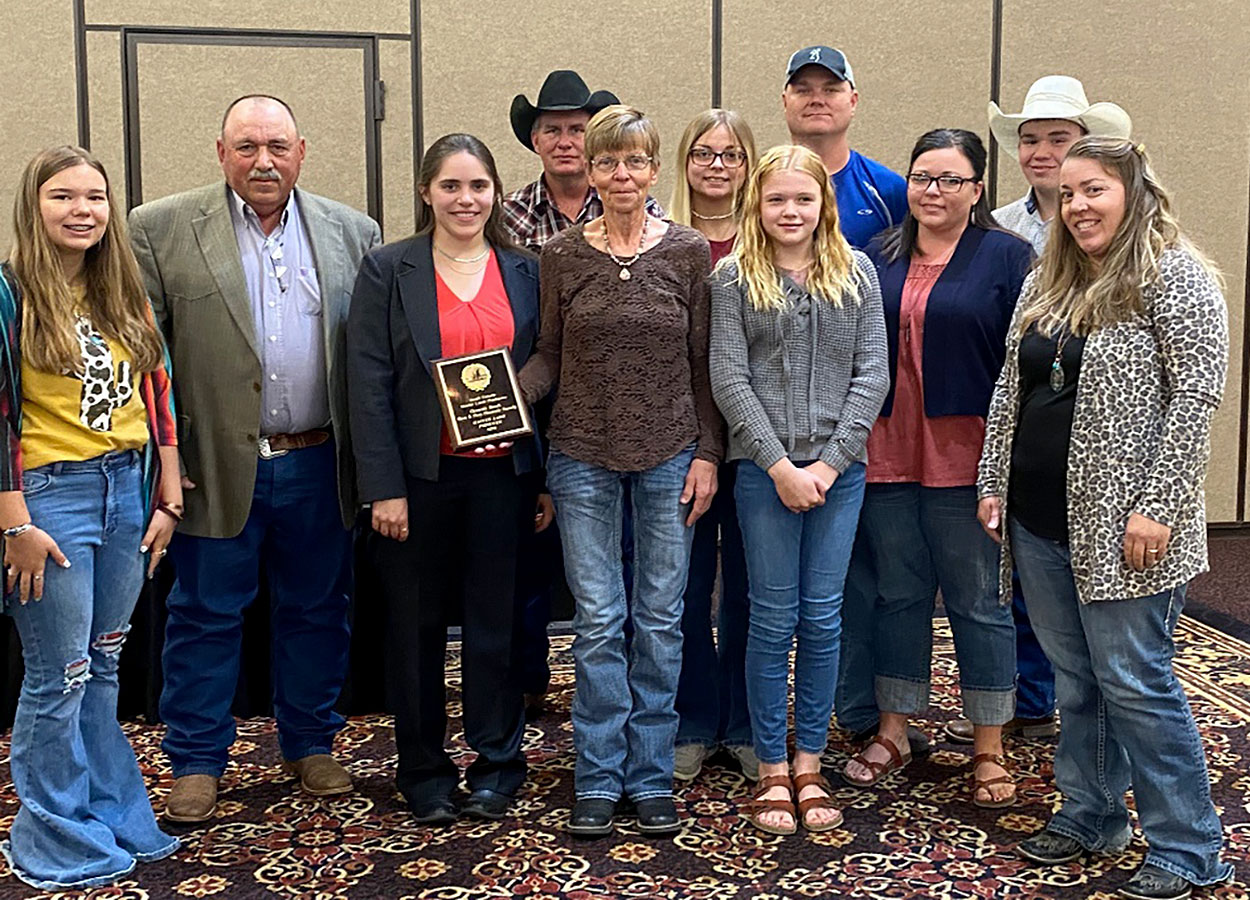
South Dakota Sheep Growers Honor Two Master Lamb Producers
November 22, 2021
The 2021 Master Lamb Producer recognized in the Purebred Division was Shady Lane Farms from Redfield, and the Feeder Lamb Producer Division recognized Pam and Steve Clements and family from Philip.

SDSU Small Ruminant Team to Share Sheep, Goat Survey Results
December 02, 2021
The Sheep and Goat Needs Assessment Summary webinar will be held Friday, Dec. 17 at noon CST and will include information challenges to raising and marketing animals or animal products, and current industry demographics.
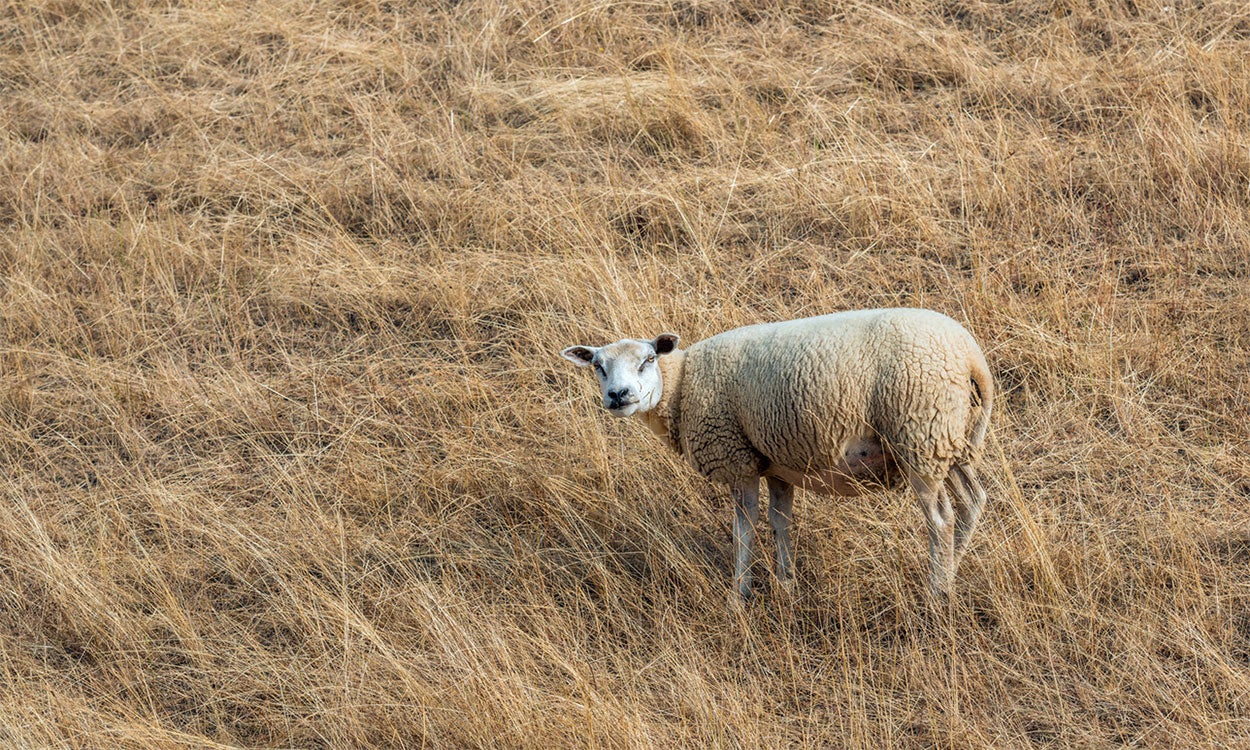
Drought Considerations for Grazing Range Flocks
Having a drought plan in place to best manage pastures is critical in being prepared for next year’s grazing season. Make decisions that will manage risk and promote both flock and financial longevity.